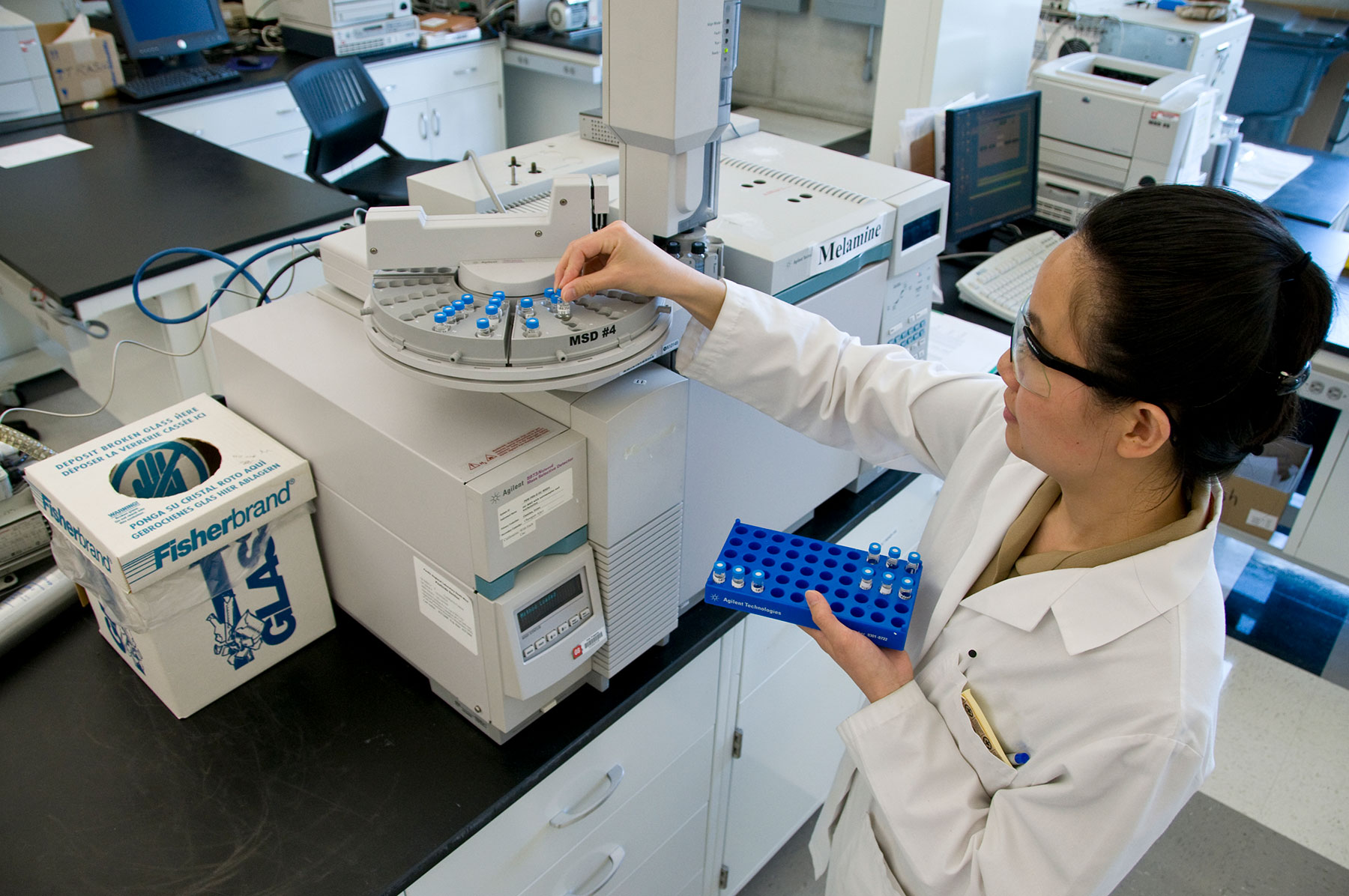The Dual-Use Dilemma in the Life Sciences
While technologies emerging from the life sciences can be tremendously beneficial to our societies, they can also create unforeseeable risks regarding biosafety and biosecurity. In this interview, Claudia Otto, Senior Researcher at the Center for Security Studies (CSS), and Oliver Thränert, the Head of the Think Tank at the CSS, discuss how they try to raise students’ awareness of these risks in a course taught at ETH this semester.
What is the dual-use dilemma?
Claudia Otto: Research in the life sciences rapidly produces new knowledge and technologies with the potential to yield enormous benefits, not only to improve human health but also for new applications in agriculture and to solve environmental issues. However, at the same time the new knowledge can cause harm if used improperly or with mal intent. Therefore, new discoveries bring along predictable and unforeseeable risks. This phenomenon is called the dual use dilemma. It is inherent to many forms of innovation. Recent technological advances in genome modification brought the dual use nature of life sciences research into public focus. Today, some believe that through advances in biology and chemistry, pathogens and chemicals as weapons could become attractive for both state and non-state actors.
What are the greatest risks emanating from research in the life-sciences?
Claudia Otto: New genome editing techniques such as CRISPR will make the treatment of certain diseases much easier and potentially more successful. This new knowledge might also be used for biological or chemical warfare purposes. Indeed, in 2016, the US classified gene editing as a global threat. However, the risks that are associated with CRISPR should not be exaggerated. Many believe that the relevance of gene editing for biological and chemical weapons programs is rather limited. At the same time, researchers around the world should become more sensitive when it comes to the potential misuse of their research.
What are the goals of the course?
Oliver Thränert: Our audience are bachelor, master and PhD students from the life and associated sciences. The overall goal of the course is to provide the students with a critical perspective on their research. To this end, they will learn about historical and recent biological and chemical threats, national biosafety and biosecurity measures and international prohibition regimes like the Biological Weapons Convention and the Chemical Weapons Convention. When students know about the social, ethical and legal aspects of science we can raise their awareness of risks emanating from life science research and generate a basic understanding about what scientists can do to minimize the potential misuse of their research. Additionally, this course can be seen as an implementation measure of the Conventions at the national level in Switzerland.
What are the plans for the future?
Oliver Thränert: The course is part of a broader collaboration between the CSS and Spiez Laboratory, Switzerland’s national institution for NBC protection. As part of their collaboration, CSS and Spiez Laboratory aim at the development of curricula for awareness raising on the dual use dilemma and dual use research of concern. The experiences gained during our course will be directly used to further develop such curricula.
For a deeper analysis of the dual use dilemma in the life science, take a look at this CSS analysis on Bioweapons and Scientific Advances.
